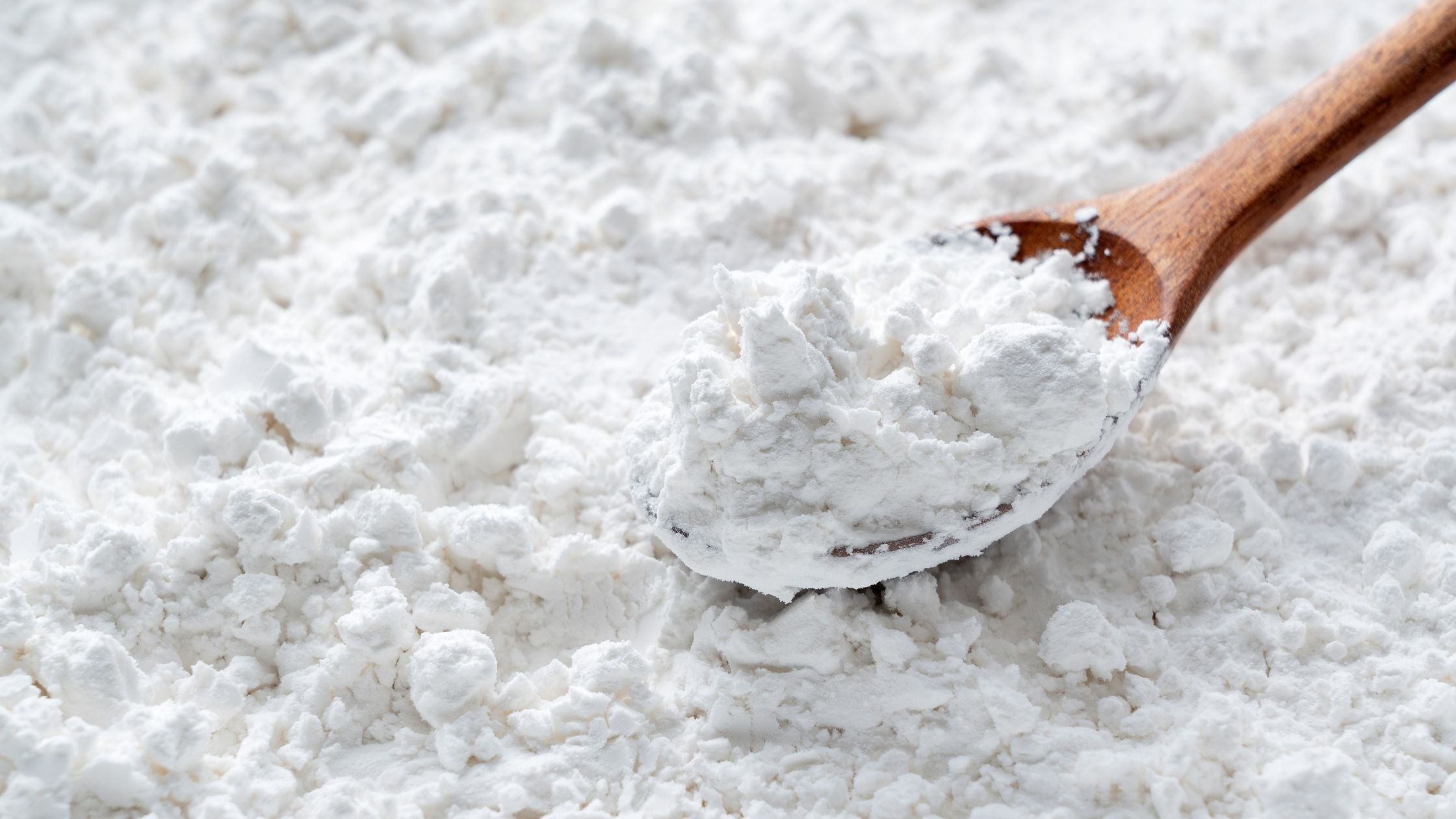Jen wrote in with a comment and a couple of questions:
“A friend shared a recipe with me for rainbow pancakes. It was pretty horrifying with tons of artificial colors. I am disappointed how my son's class is drawn to the colors when choosing food at the class parties.”
I agree, rainbow pancakes would be horrifying (as are rainbow sprinkles, cookies, anything made with artificial colors). We are biologically drawn to eat a colorful range of foods. Unfortunately manufacturers have figured this out and turned it to their advantage. It's not a bad thing to want colorful fruits and veg, what's bad is when that instinct is transformed by modern “science” to include processed foods.
Back in 2007 the BBC published a news article highlighting findings from the University of Southampton, a leading research–led university in Southampton, England, that shows a link between artificial colorants, temper tantrums, allergic reaction, and poor concentration in children. This study supports the findings of Dr. Ben Feingold, a prominent pediatrician and allergist who was Chief of Allergy at the Kaiser Permanente Medical Center in San Francisco. In 1968 Dr. Feingold published a paper “Recognition of Food Additives as a Cause of Symptoms of Allergy.” Throughout his career he would continue to publish articles and work in clinical practice encouraging families to remove additives from their diet. The Feingold Association was founded in 1976 and continues to support a diet that eliminates artificial ingredients, flavorings, colorants, and preservatives. Dr. Feingold claimed that 30-50% of his hyperactive patients showed an improvement in behaviors after colorants were removed from their diet.
It is possible to make food colorings from readily available plant sources such as beets for a red tint, spinach for a green tint, carrots for orange, or saffron for yellow, however homemade colors tend to be rather muted. If a purchased product is considered more desirable there are several sources of plant based food dyes such as Seelect, an organic tea company located on the web at http://www.seelecttea.com, Nature's Flavors, which offers organic food coloring, many of which are kosher, vegan and gluten-free, located at http://www.naturesflavors.com, or India Tree, which sells natural food coloring, natural color sugar and other products through commercial outlets.
“I also have two food questions. I've been hearing buzz words like “good fat” and “bad fat”. I actually heard people in the store talking about it while looking at the information on the back of a food package, which I was very pleased to observe but didn't have the courage to ask what's the difference?“
Good fats are fats that your body knows how to use and can efficiently work with. Bad fats are fats that are difficult for your body to process and clog your system. Good fats include things like olive oil, grapeseed oil, and coconut oil. Bad fats are things like margarine, crisco, hydrogenated and trans-fats.
“I think the answer might also relate to another question I have. What is better for you, olive oil or smart balance buttery spread. Olive oil has 14 grams of fat per TBS and the butter spread has only 5 grams per TBS. I would think that the olive oil is better for you since it's the least processed but, I just can't get that “5” out of my head. It's less than half of the fat from the olive oil. I'm thinking this is an example of good fat vs. bad fat but which is better? Does it change your choice if your trying to stay on a low fat diet?“
Olive oil is much better for you. Although it has more fat it is a good fat. Not only that you have to look at fat in context. A fair percentage of our brain is made of fat cells. Fatty acids (from good fats) help make DHA (docosahexanoic acid) which allows the brain to grow and create the cells you need to think. Also the myelin sheathing that surrounds our nervous system is made of fat, helping to keep them healthy so they can transmit nerve impulses.
We need fat to be healthy, without it our bodies cannot absorb and process fat soluble vitamins (A, K, E). Eating good fats also helps to promote saiety or fullness; too little fat and we can get dry scaly skin, dry hair, bruise more easily, take longer to heal wounds, and be less cold tolerant.
If you're interested there is a very good book called “Eat Fat to Lose Fat” by Sally Fallon and Mary Enig. It's a pretty straightforward book and easy to understand.
Thanks for the questions!
Be well.










